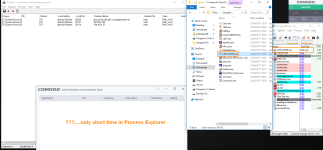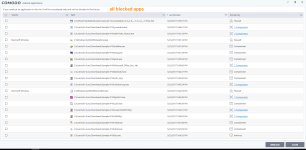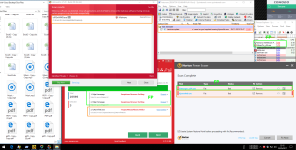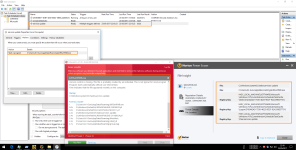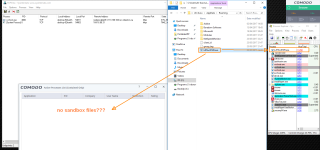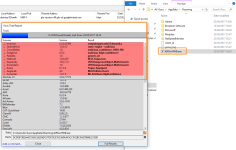Well, the "worm" behavior, which utilizes the SMB exploit, describes how the malware spreads through the network.
And yes, there is "fileless" behavior, as described in the above-mentioned articles, but this is only after the initial infection.
I still maintain that the initial infection is file-based, and would be blocked by Comodo autosandbox or any other decent default/deny mechanism.
However, I am not a malware analyst or anything even vaguely close to it. I am sure that
@Lockdown or
@Winter Soldier or another one of the technically knowledgeable members of this forum can clear things up for us.
There is probably already a video about Comodo and UIWIX, I am just too lazy to search for it...

